Thinking about using Apple Music but don’t own an iPhone or Mac? You’re not alone. Many people wonder if this popular streaming service works well on Windows PCs and Android phones. The good news is that Apple has made its music platform widely available. This guide explores the performance, features, and overall user experience on these devices, helping you decide if it’s the right fit for your cross-platform music needs.
Getting Started with Apple Music on Your PC
Before you can stream millions of songs, you need to get Apple Music set up on your computer. Apple ensures that PC users are not left out by providing a couple of ways to access the service, making it a flexible option regardless of your operating system.
For Windows users, the path is straightforward. You can download the official Apple Music app directly from the Microsoft Store, which is the recommended method for Windows 10 and later. Alternatively, you can still use the classic iTunes for Windows application, which can be downloaded from Apple’s website. Both options give you full access to the streaming library.
To ensure a smooth experience, your system should meet some basic requirements. You will need a PC running Windows 10 or a newer version. A stable internet connection is also essential for streaming and syncing your library without interruptions.
The installation process is simple and user-friendly.
- Visit the Microsoft Store on your PC and search for “Apple Music,” or go to the Apple website to download iTunes.
- Click the install or download button and wait for the application to be added to your system.
- Once installed, open the app and sign in with your Apple ID. If you don’t have one, you can create one directly through the app.
Exploring the Apple Music Experience on Desktop
Once you’re logged in, the desktop experience offers a robust set of features for managing and enjoying your music. The interface is designed to be clean and easy to navigate, with your library, playlists, and discovery tools all accessible from a side menu. You can easily find what you’re looking for using the powerful search function.
Managing your music library is one of the desktop app’s strong suits. You can create and edit playlists, add songs to your library, and even download your favorite tracks for offline listening. A key benefit is the ability to integrate your own local music files with the Apple Music library, creating a single, unified collection of all your songs.
This comprehensive management system allows you to organize your music exactly how you like it. Whether you prefer sorting by genre, artist, or creating custom playlists for different moods, the tools are readily available. This makes the PC version more than just a streaming player; it’s a complete music management hub.
How Does Apple Music Perform on Android Phones?
Apple Music provides a dedicated app for Android users, available for free on the Google Play Store. The performance is generally smooth and reliable, offering quick access to your entire music library, playlists, and personalized recommendations. While some users report occasional lag compared to the iOS version, most find the experience to be very positive for daily listening.
Setting up the app is incredibly easy. After installing it from the Play Store, you simply sign in with your Apple ID to sync your library instantly. The user interface is intuitive and mirrors many of the design elements found on Apple’s own devices, making it feel familiar.
The Android app is packed with features that enhance your listening experience on the go. You can enjoy high-quality streaming and take advantage of features that make it a strong competitor in the music streaming space.
- Offline Listening: Download any song, album, or playlist to your device so you can listen without using mobile data or an internet connection.
- Curated Playlists: Discover new music through thousands of playlists curated by music experts for any genre or mood.
- Spatial and Lossless Audio: Experience immersive sound with Spatial Audio on supported devices and listen to music in high-fidelity lossless quality.
Apple Music vs. The Competition on Non-Apple Devices
When choosing a streaming service, it’s helpful to see how it stacks up against its main rivals. Apple Music brings unique features to the table, particularly for audiophiles, but competitors have their own strengths. This comparison highlights the key differences when using these services on PC and Android.
| Service | Key Features |
|---|---|
| Apple Music | Lossless audio, spatial audio, curated playlists |
| Spotify | Podcasts, personalized playlists, free tier |
| Amazon Music | Integration with Alexa, HD streaming |
While Spotify is known for its excellent recommendation algorithms and popular free plan, and Amazon Music integrates seamlessly with its ecosystem, Apple Music stands out with its commitment to audio quality. The inclusion of lossless and spatial audio at no extra cost is a major draw for users who want the best possible sound. Its pricing is competitive, with plans for individuals, families, and students.
Solving Common Problems on PC and Android
Even with a stable platform, you might occasionally run into minor issues. Most common problems with Apple Music on PC and Android are related to connectivity or small app glitches, and they are usually easy to fix.
On a PC, if you experience constant buffering or your library won’t sync, the first step is to check your internet connection. If the connection is stable, try restarting the Apple Music app or your entire computer. Sometimes, firewall or antivirus software can interfere with the app, so check your settings to ensure Apple Music is not being blocked.
For Android users, app glitches like freezing or crashing can sometimes occur. The most effective solution is often to keep the app updated to the latest version from the Google Play Store. If problems persist, try clearing the app’s cache in your phone’s settings. As a last resort, uninstalling and reinstalling the app can resolve stubborn issues by giving it a fresh start.
Frequently Asked Questions about Apple Music
Does Apple Music have a dedicated app for PC?
Yes, there is a dedicated Apple Music app available in the Microsoft Store for Windows 10 and later. Users on older systems can access the service through the iTunes for Windows application.
Can I download music for offline listening on PC and Android?
Yes, you can download songs, albums, and playlists for offline playback on both platforms. However, these downloaded files are protected and can only be played within the Apple Music or iTunes app while you have an active subscription.
How do I sync my music library between my PC and Android phone?
Your library syncs automatically when you sign in with the same Apple ID on both devices. Just make sure the “Sync Library” option is enabled in the settings on both the desktop app and the Android app for a seamless experience.
Are all Apple Music features available on Android?
Most key features, including lossless audio, spatial audio, offline downloads, and curated playlists, are available on the Android app. However, some minor integrations may be exclusive to Apple’s own ecosystem.
Does Apple Music offer a free trial for new users on PC and Android?
Yes, Apple Music typically offers a free trial period for new subscribers on all platforms, including PC and Android. This allows you to test the full service and all its features before committing to a paid plan.

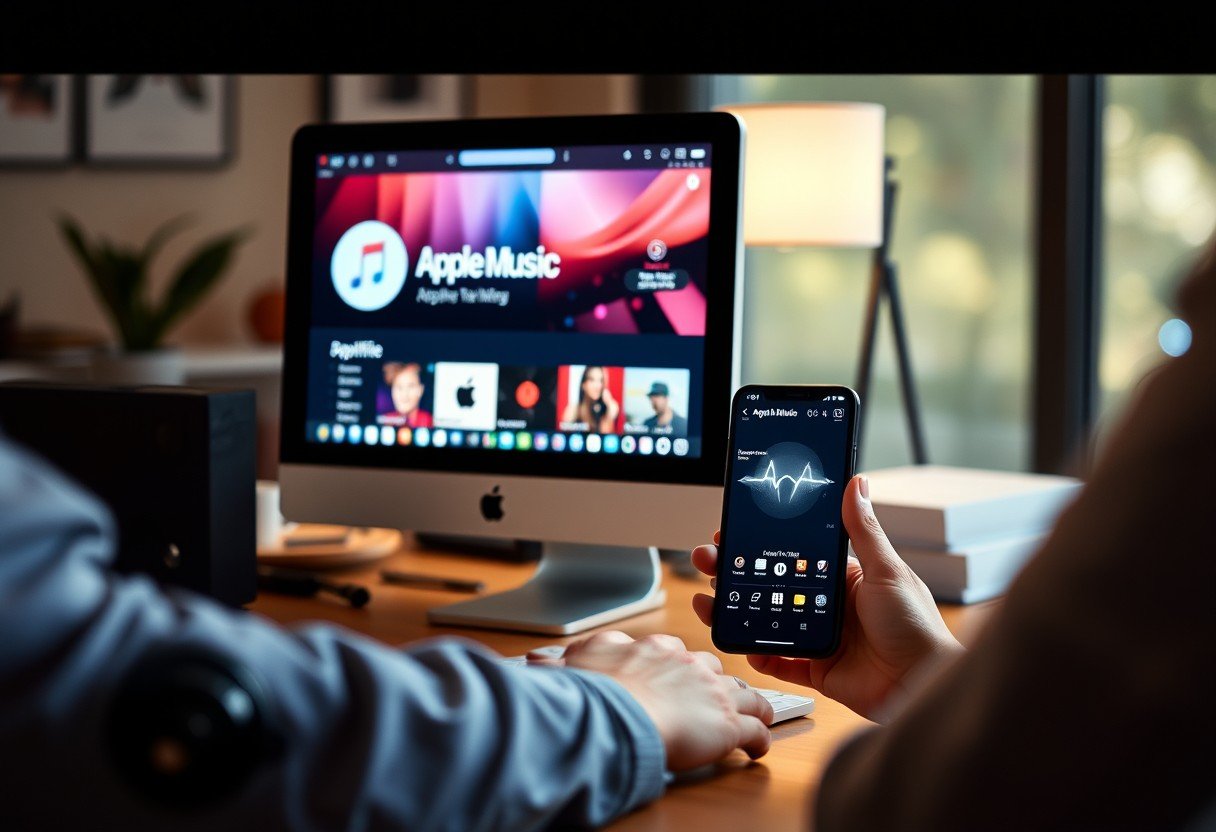

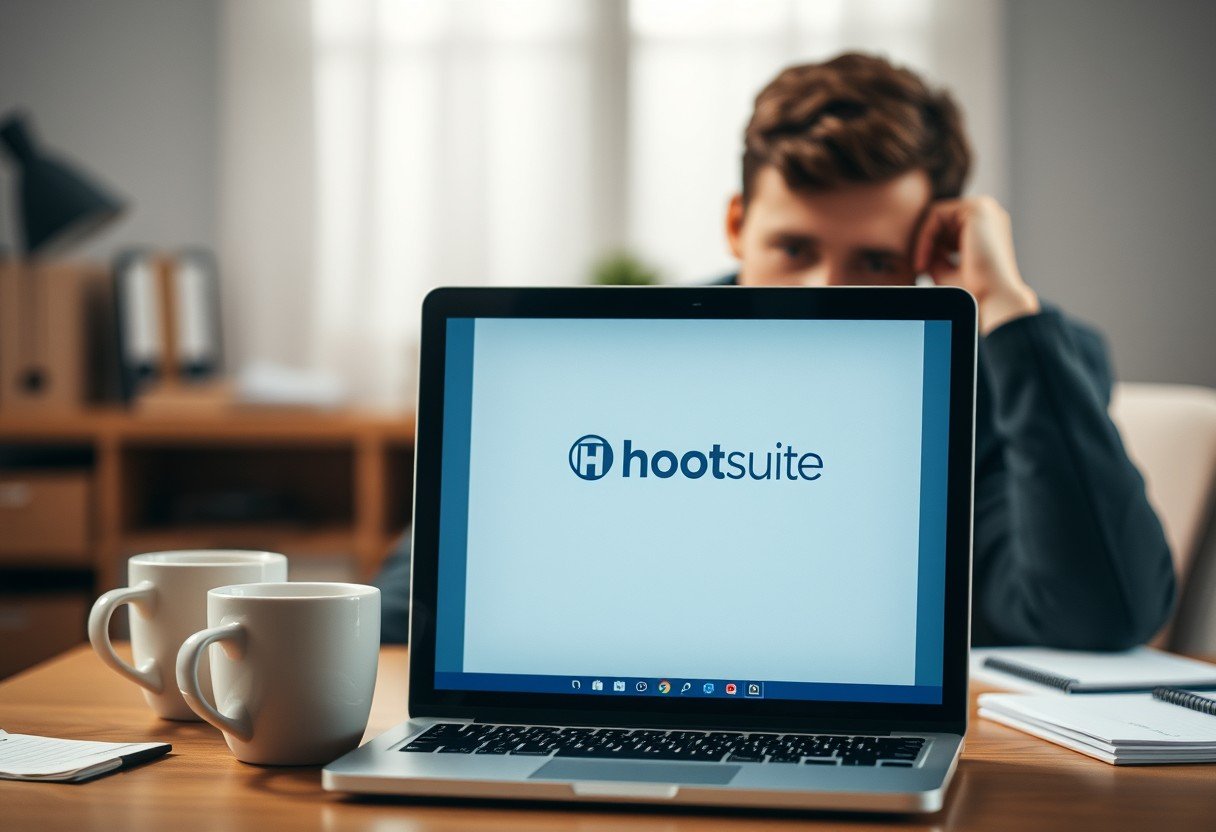
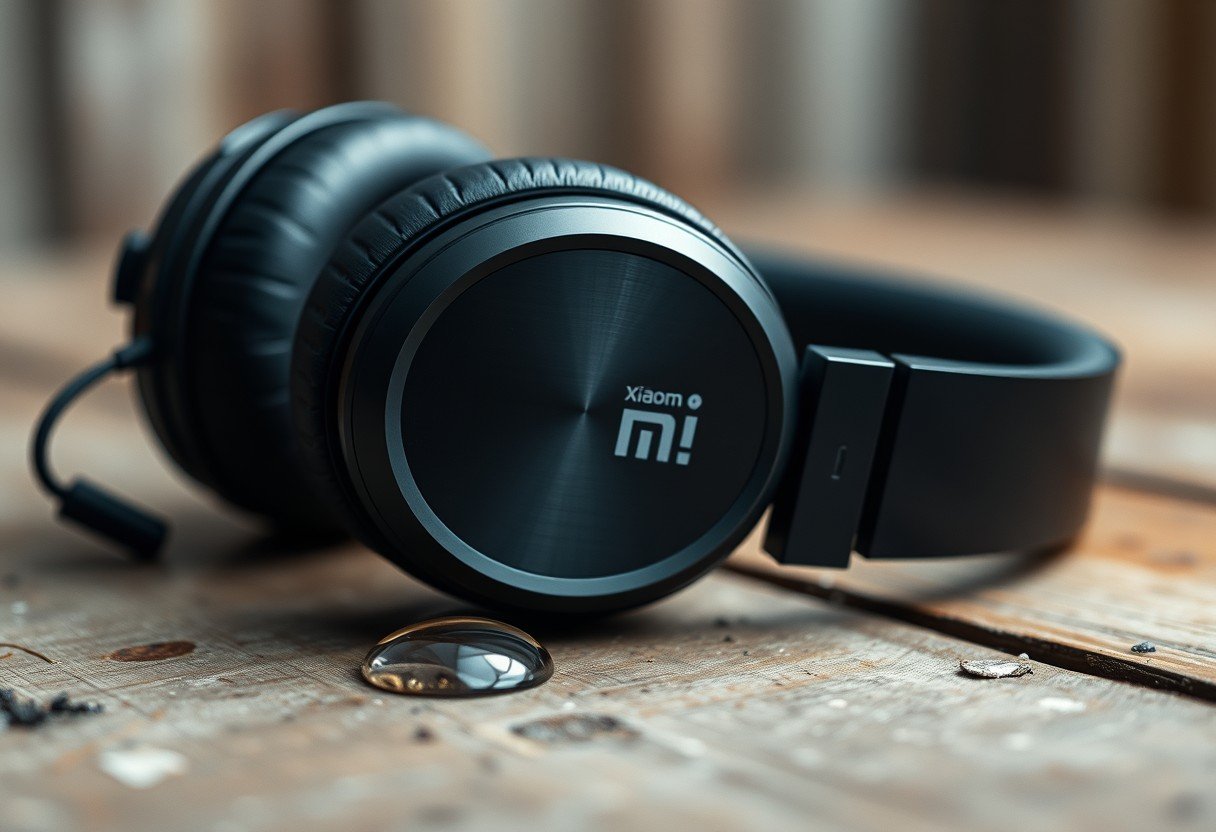

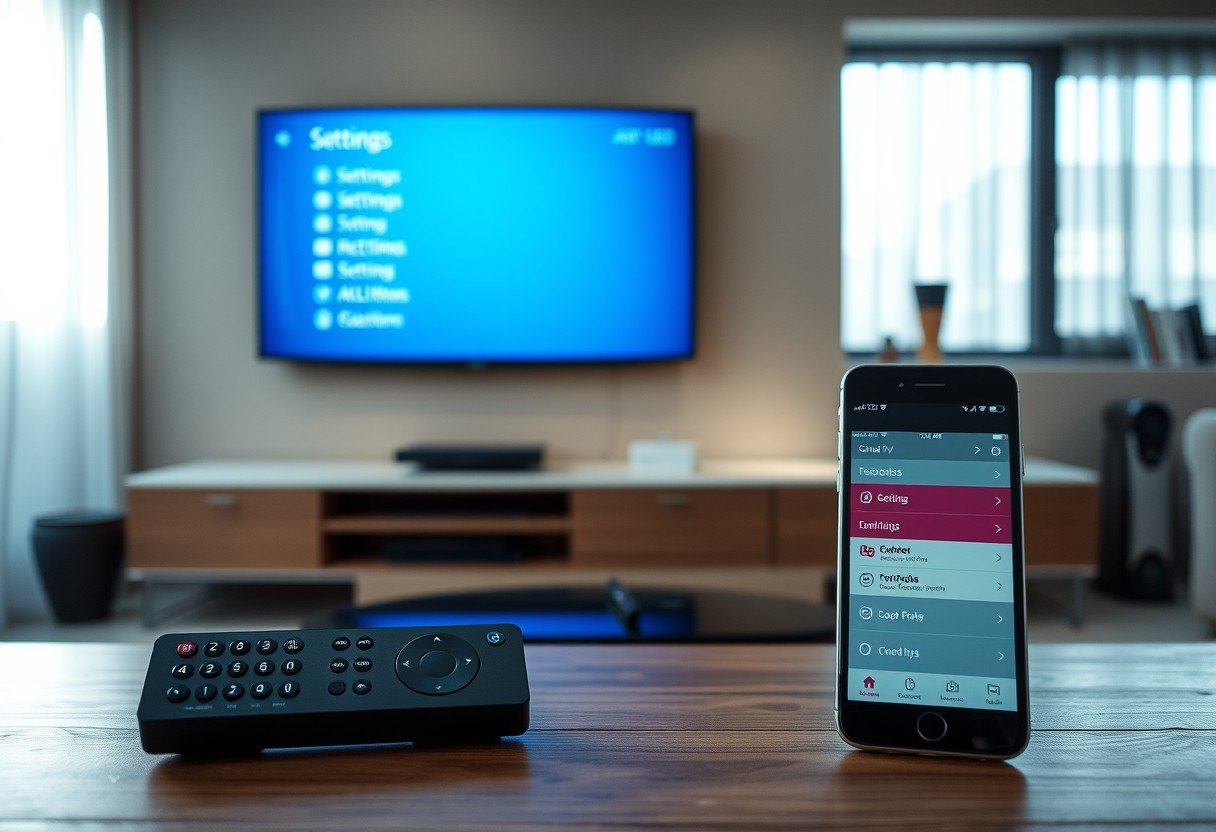
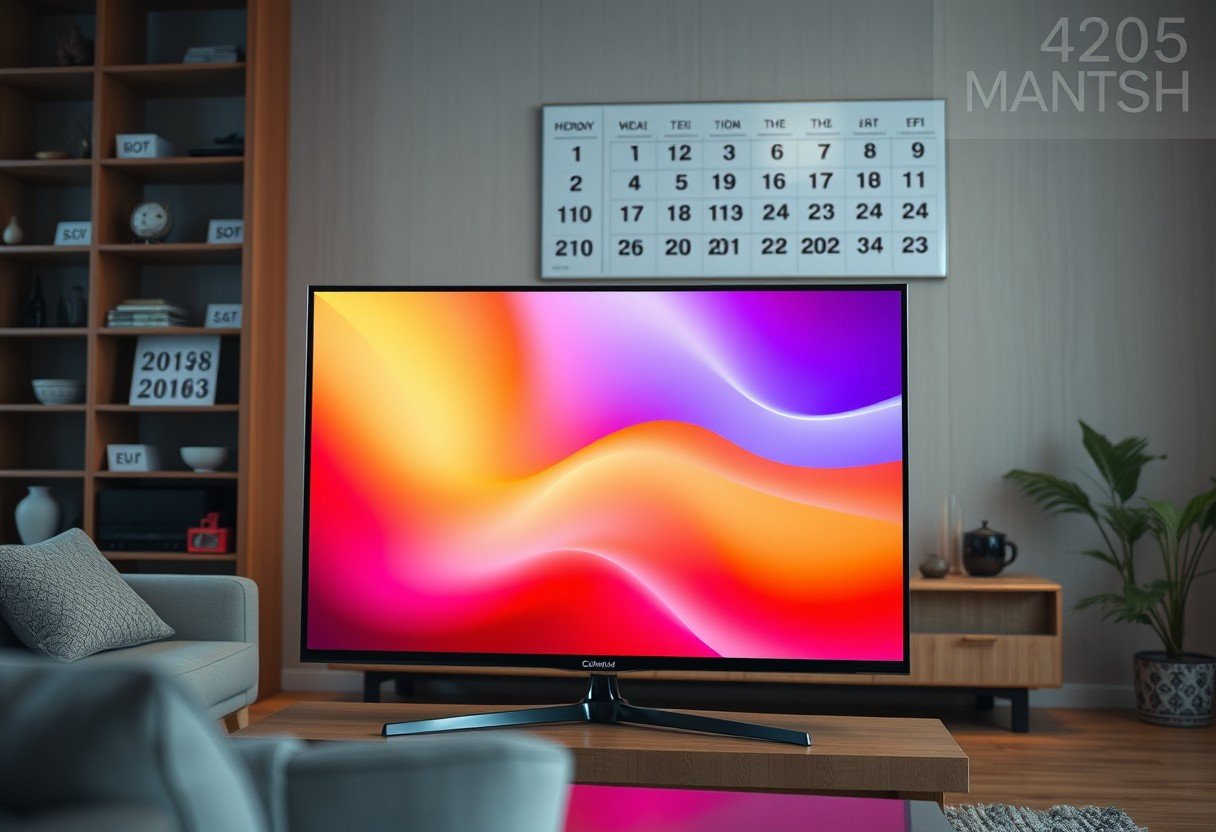

Leave a Comment